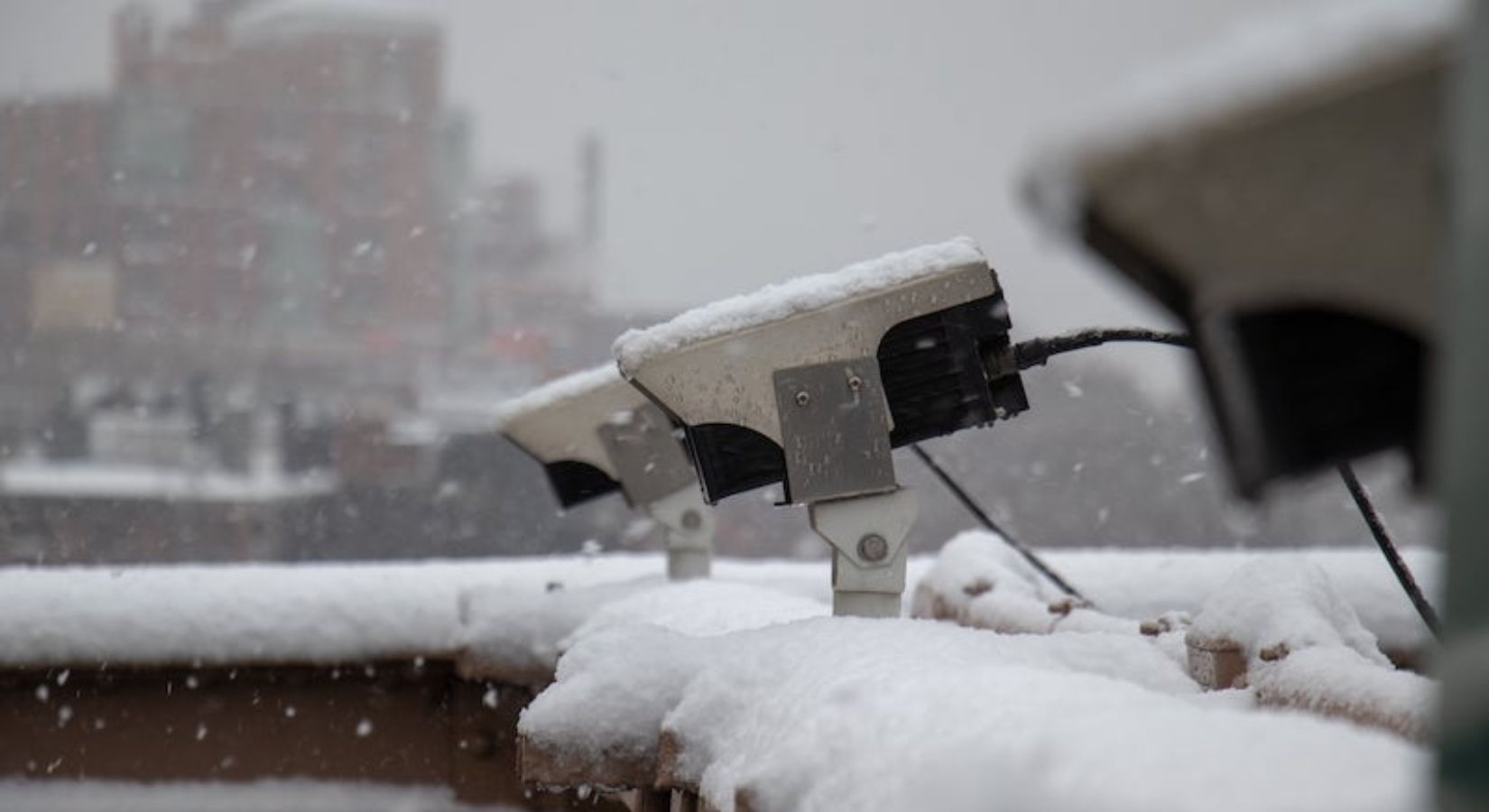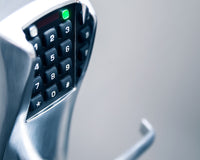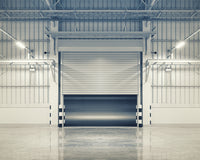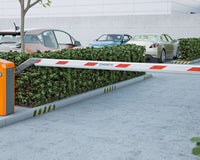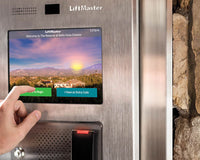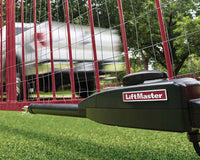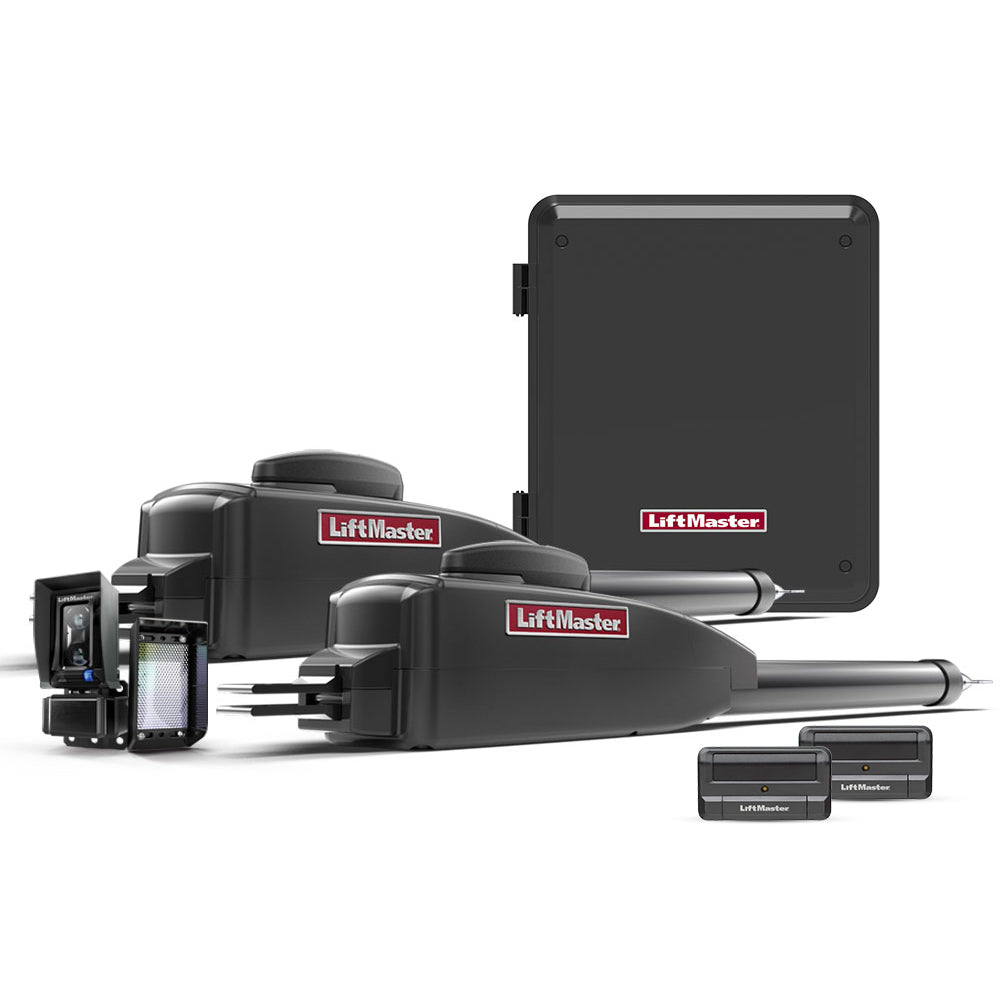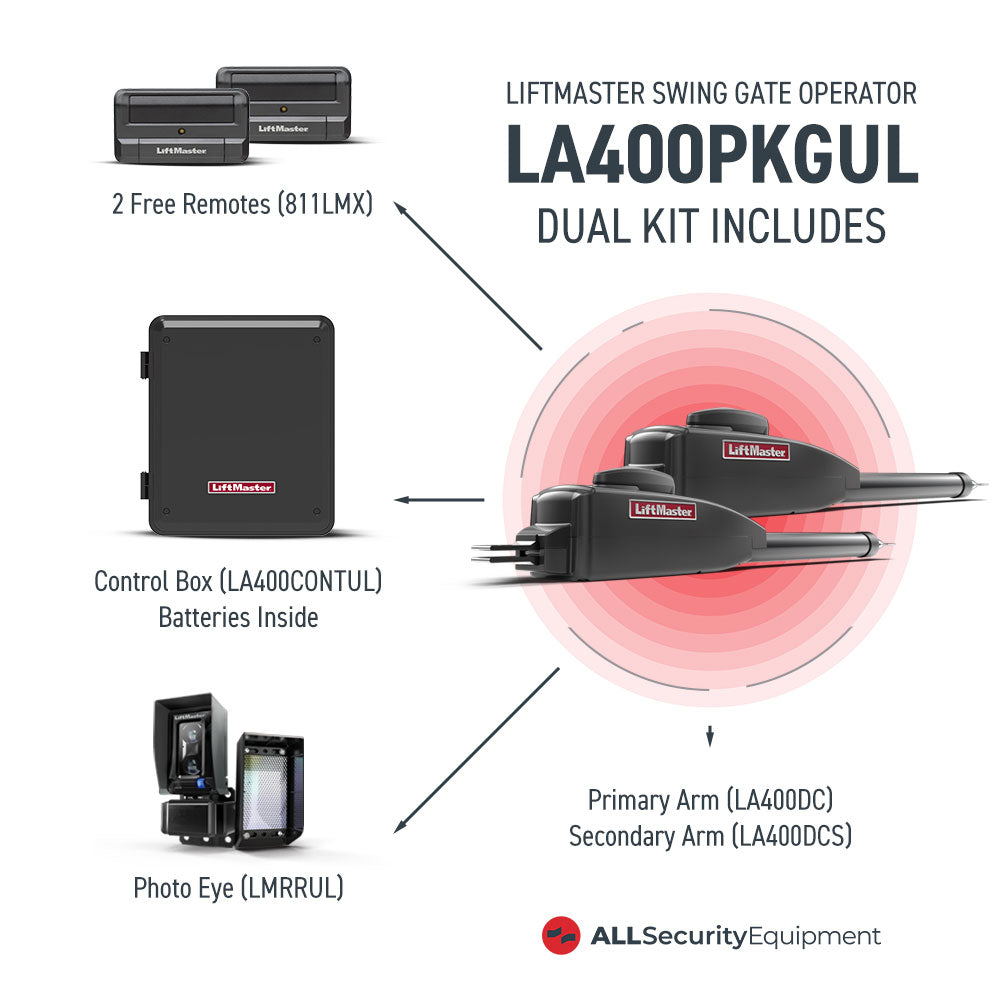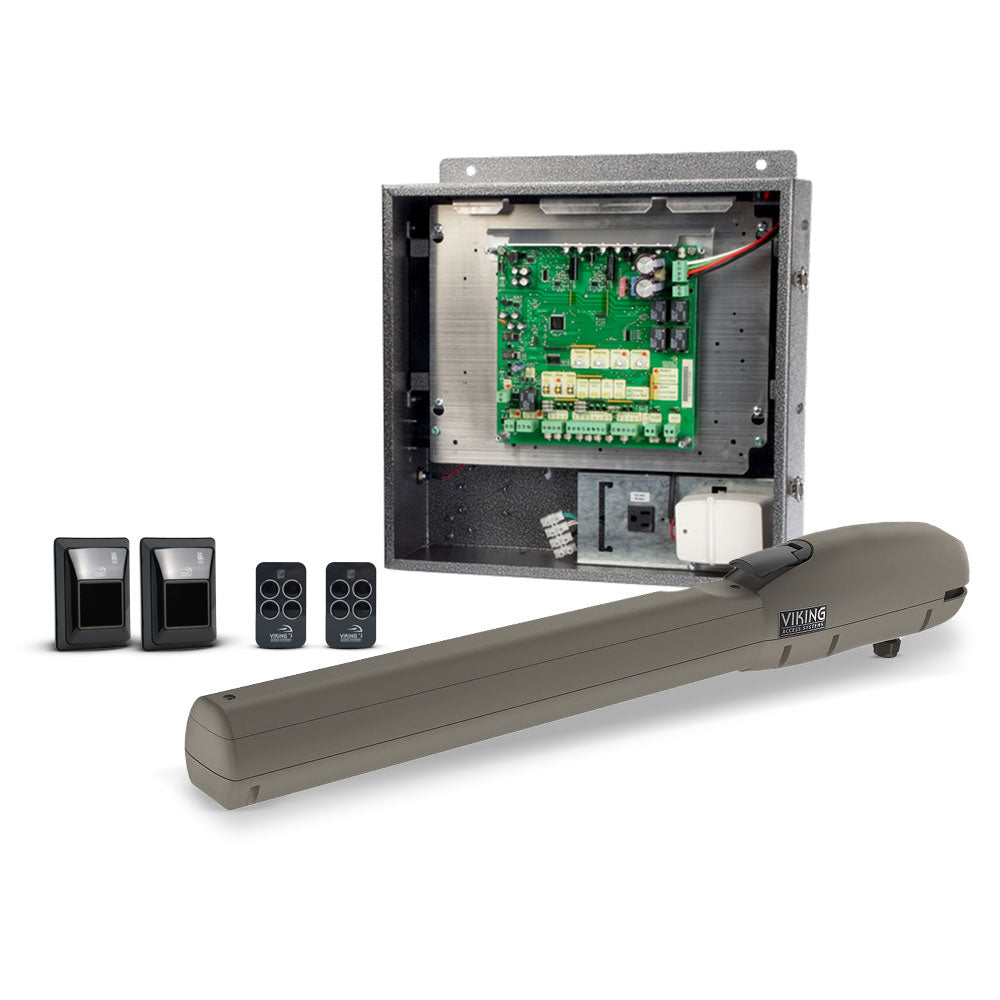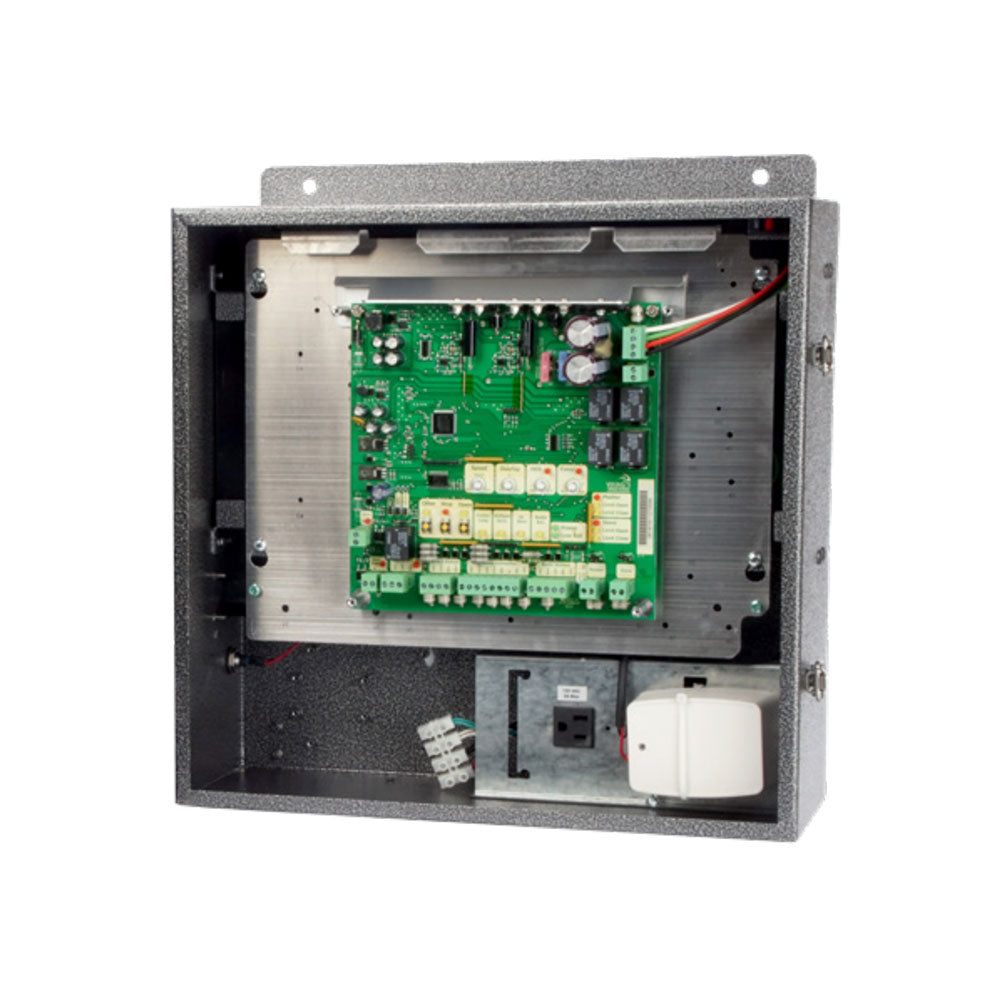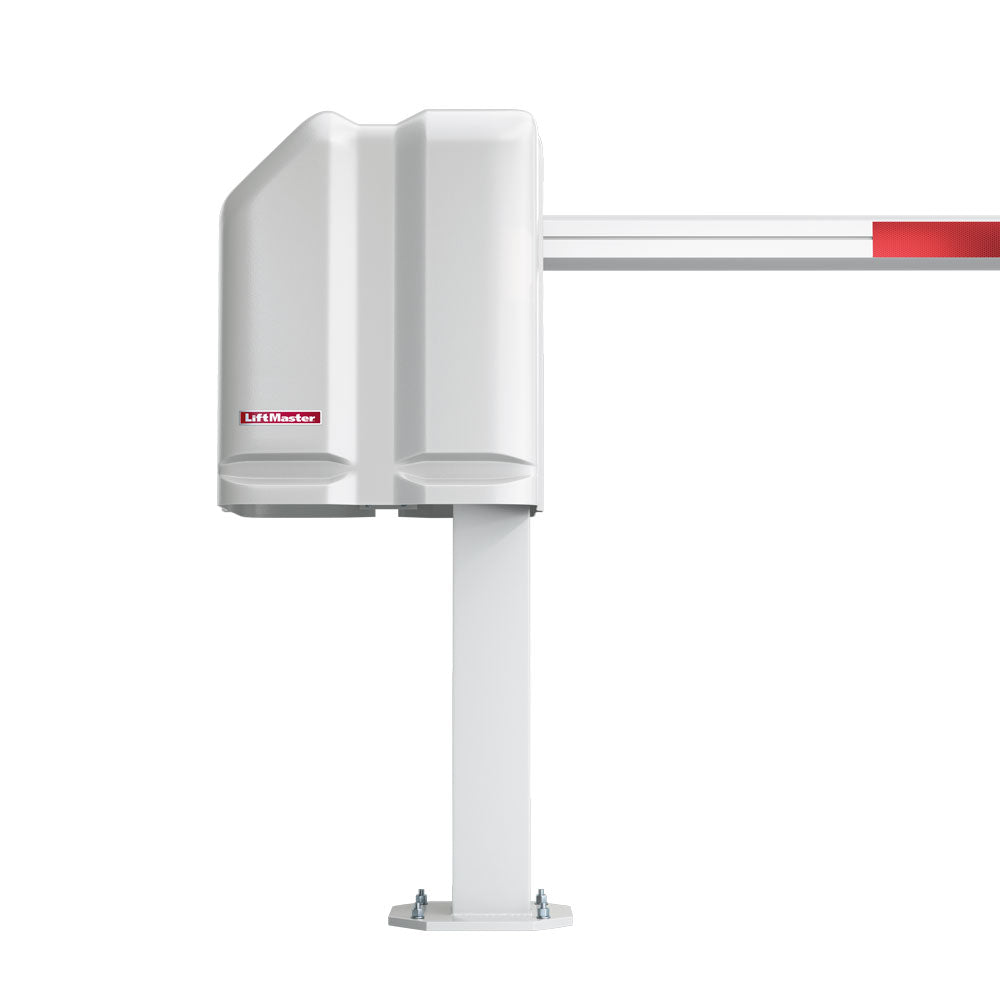As Winter Approaches - Keeping Your Cameras Safe
We’ve discussed in the past time and time again how a well-organized home security camera system is an essential must-have for property owners and managers. Not only does it provide peace of mind in case of incidents and intrusion, but its mere presence also serves as a powerful deterrent to potential property crime. By purchasing the most state-of-the-art cameras and strategically placing them around your property, you can monitor activity, detect suspicious behavior, and potentially prevent crimes from occurring.
Nevertheless, as winter approaches, temperatures plummet and snowstorms become a common occurrence in many regions, drastically changing the exterior environments in which your outdoor security cameras are operating. While this season does bring beauty and joy, it also presents significant challenges for outdoor security cameras. The harsh winter weather can damage these devices or compromise their functionality and effectiveness.

Protecting your security cameras from the elements, then, is crucial to maintaining your robust security system. By taking some of the proactive measures we will be discussing today to safeguard these devices, you can ensure their longevity and optimal performance, even during the harshest winter conditions. In this winter season collection of All Security Equipment blog posts, we will be covering the proper protection of such equipment during the winter season, starting today with how to safeguard your outdoor security cameras!
Getting Cold - Temperature Impacts on Security Cameras
Winter weather can pose significant challenges to your home security system. While modern security cameras are designed to withstand cold temperatures, extremely low temperatures can still affect their performance.
Key concerns include:
- Reduced Battery Life: Cold weather can significantly drain battery life in wireless cameras, limiting their operational time. This can lead to unmonitored periods where potential intruders could take advantage of the security lapse.
- Image Quality: Frost or condensation on the camera lens can compromise video clarity, making it difficult to identify individuals or objects. Poor video quality can hinder law enforcement investigations or insurance claims.
- Mechanical Issues: Moving parts, such as pan-tilt-zoom mechanisms, may become sluggish or freeze in extreme cold, hindering their functionality. Limited camera movement can restrict your ability to monitor specific areas of your property.
- Electrical Component Issues: Low temperatures can impact the performance of electronic components, potentially leading to malfunctions. Camera failures can leave your property vulnerable to theft, vandalism, or other criminal activities.
Mitigate The Risks - Five Things To Keep in Mind

Now, having heard all of this, you might be feeling some alarms ringing in your head as the temperature drops and the first snows start falling. But don’t worry, by following the advice provided in the subsequent sections, you can rest assured that your security cameras will continue to operate reliably throughout the winter months, safeguarding your property at all costs.
1 - Understanding IP Ratings
To ensure your outdoor security cameras can withstand winter's harsh conditions, it's crucial to pay attention to their IP rating. This rating system indicates a device's resistance to dust and water ingress.
An IP rating is typically represented as "IPXX," where the first "X" denotes dust protection and the second "X" indicates water resistance. For outdoor security cameras, the second number is of primary importance.

While higher IP ratings exist, cameras with at least an IPX5 or IPX6 rating are well-suited for outdoor use, particularly in winter weather.
Think on osme of UNV’s most popular models like the IPC Line’s Fixed Eyeball Network Cameras which carry an IP number of 67, or one of Sommer's best models: The Outdoor ismartgate IP Camera with an IP of 66.

Furthermore, in addition to IP ratings also consider the camera's operating temperature range. This information is usually provided in the product specifications. Ensure that the camera can function reliably in the lowest temperatures you expect in your region.
2 - Strategic Placement - Mount Cameras Under Eaves or Awnings
While weatherproof cameras are designed to withstand harsh conditions, strategic placement can further enhance their performance during winter. By shielding cameras from direct exposure to rain, snow, and freezing temperatures, you can minimize the risk of damage and ensure optimal functionality.
Key Considerations:
- Eaves and Awnings: Position cameras under eaves or awnings to provide shelter from precipitation. This will help prevent water accumulation and ice formation on the camera lens and housing.
- Avoid Direct Exposure: Avoid placing cameras in areas where they will be directly exposed to rain, snow, or wind.
- Natural Obstacles: Utilize natural barriers like trees or bushes to provide additional protection from the elements.
By carefully selecting camera placement, expect to significantly improve their durability and reliability throughout the winter months.
3 - Regular Maintenance and Power Considerations.
It’s probably been said to death but it’s never a bad idea to reiterate it: Maintenance of all your supplies and equipment is absolutely essential. To ensure your security cameras perform optimally, said maintenance is a must, doubly so during the extreme weather changes expected in winter.
Neglecting regular maintenance can lead to issues such as blurry or obstructed camera lenses, damaged housings, loose connections, and power failures, ultimately compromising the security of your property.

Here are some basic yet important camera maintenance steps to consider:
- Clear the Lens: Regularly remove snow and ice from camera lenses to maintain clear visibility.
- Inspect for Damage: Check camera housings for cracks or damage and repair them promptly.
- Secure Connections: Ensure all cable connections are tight and properly insulated to prevent moisture intrusion.
Additionally power considerations are crucial for maintaining optimal camera performance during winter. Extreme cold can impact battery life, leading to unexpected power outages and security lapses. To add to that, power surges or fluctuations can damage camera components, rendering them inoperable
Follow these simple points when keeping voltage of your cameras in mind:
- Choosing The Right Battery: For wireless cameras, use high-quality, cold-rated batteries to maximize performance in low temperatures.
- Hardwired Solutions: Consider hardwired options for increased reliability, especially in extremely cold conditions.
- Backup Power: Install a backup power supply to maintain surveillance during power outages.
- Solar Power: In regions with sufficient sunlight, solar-powered security cameras offer a sustainable and reliable solution. These cameras can continue to charge even in cold weather, as long as they receive adequate sunlight.
4 - Shield Your Cameras From Wind Gusts
Wind gusts can significantly impact the performance and longevity of your security cameras, especially during winter. Strong winds can dislodge cameras from their mounts, damage cables, and obstruct the camera's view with debris. Additionally, wind-driven rain and snow can further exacerbate these issues, potentially leading to water damage and short circuits.
To protect your cameras from wind-related damage, consider the following tips:
- Secure Mounting: Ensure your cameras are securely mounted to sturdy structures, using high-quality brackets and fasteners.
- Wind Barriers: Install wind barriers or shields to deflect strong winds away from your cameras.
- Cable Protection: Properly secure and protect cables to prevent them from being damaged or dislodged by wind.
5 - Smart Integration

By integrating your security cameras into a smart home system, you can proactively address the challenges expected from winter seasons. Critically, smart thermostats can automatically adjust temperatures near cameras to prevent freezing, ensuring optimal performance, and some are even trained to detect obstructions that can occur by accumulated snow or frozen water.
Furthermore, smart home systems controlled from apps can provide real-time notifications about expected weather conditions rapidly worsening, enabling you to take preventive measures, such as covering cameras or relocating them to sheltered areas.
By harnessing the power of smart home technology, you can significantly enhance the reliability and effectiveness of your security system, even in the harshest winter conditions.
Weather-Proofed and Ready!
By taking proactive measures to protect your outdoor security cameras during winter, you can ensure their reliable performance and safeguard your property. From selecting weather-resistant cameras and strategic placement to regular maintenance and smart home integration, these steps will help you weather the winter storm.
Remember, your security system is an investment, and proper care can extend its lifespan and enhance its effectiveness. Stay tuned for future blog posts on winterizing other security equipment. In the meantime, if you have any questions or require further assistance, please don't hesitate to contact our customer service team or leave a comment below with your suggestions and ideas.

